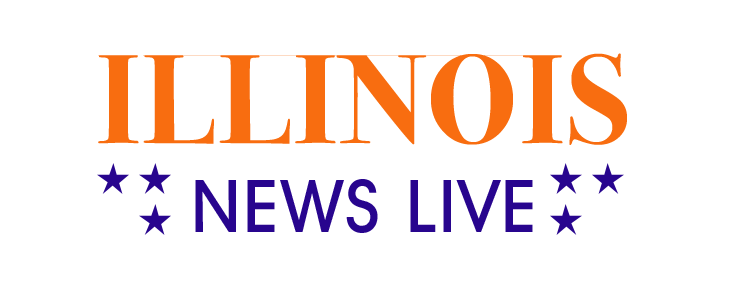National Debt Relief: A Guide to Financial Peace for Future Retirees

Retirement is a milestone many of us look forward to, envisioning a future filled with relaxation and peace of mind. However, moving into this new phase requires more than just a desire for endless relaxation—it requires being financially prepared. Ensuring you have the means to support your post-work life is crucial, as it determines the quality and comfort of your retirement years. This guide is designed to help you navigate the essential steps toward achieving financial peace of mind, ensuring that you, as part of the retiree group, are well-prepared financially and mentally for retirement.
Assessing Financial Readiness
Assessing your financial readiness is imperative before you can confidently stride into retirement. Begin by calculating your “projected monthly spend”—an estimate of your monthly expenses once you retire. This figure should include all living costs, from groceries to healthcare and occasional indulgences. A common rule of thumb suggests aiming for a nest egg of 25 times your annual expenses if you plan on a 4% withdrawal rate annually.
To get there, scrutinize your current savings, pension, social security benefits, and other income sources. Are they sufficient to cover your projected expenses? Consider the possibility of inflation and how it might affect your buying ability. It is important to consider any unforeseen costs that may come up during retirement. If there’s a gap between your projected funds and expenses, now’s the time to strategize how to bridge it—increasing your savings rate, adjusting your investment portfolio, or exploring alternative income streams. Remember, the goal is not just to retire but to do so with the assurance that you can maintain your desired lifestyle throughout your golden years.
Longevity of Savings
A critical aspect of retirement planning is ensuring the longevity of your savings. It’s not just about how much you save but also how long those savings will last. Start by estimating your life expectancy; though it may seem a bit morbid, it’s practical for financial planning. Consider family health history and lifestyle factors to make an educated guess. With advances in healthcare leading to longer lifespans, it’s wise to plan for a longer retirement than previous generations. Your savings must be robust enough to support you for 20 to 30 years post-retirement. This involves carefully planning withdrawal rates, anticipating investment growth, and exploring options such as life insurance or other products to ensure a consistent income stream during retirement.

Financial Peace of Mind in Retirement
Having financial peace of mind is an ideal scenario that can significantly enhance your financial security during your non-working years. Debts such as mortgages, credit card balances, and auto loans can substantially impact retirement savings. This may lead to the need to withdraw more funds and potentially deplete your nest egg earlier than anticipated. The interest on these debts can also compound over time, making them increasingly burdensome as your income becomes fixed.
To avoid this, aim to pay off high-interest debts before you retire. If you’re carrying a mortgage, consider whether it makes sense to downsize or refinance to reduce your monthly payments. Explore balance transfer options or debt consolidation strategies to minimize interest costs on credit card debt. And when it comes to auto loans or other consumer debts, prioritize paying them down while you still have employment income. If you don’t have retirement debt, you have more savings to cover your living expenses. It provides peace of mind, allowing you to fully enjoy your retirement years without the shadow of financial obligations looming over you.
Investment Strategies
As you approach retirement, it’s essential to evaluate your investment strategies to ensure they align with your risk tolerance and retirement timeline. Traditional vehicles like 401(k)s and Individual Retirement Accounts (IRAs) are pillars of retirement savings, often offering tax advantages that can bolster your nest egg. If your employer offers matching contributions to your 401(k), ensure you’re contributing enough to get the full match; it’s essentially free money for your future self.
Diversification is critical—spread your investments across various asset classes to mitigate risk. Bonds, mutual funds, and stocks each play a role in a balanced portfolio. As retirement nears, you may want to shift towards more conservative investments to preserve capital. However, it is worth considering equities, as they have the growth potential to help offset inflation’s impact.
Consulting with a financial advisor can provide personalized guidance tailored to your situation. They can help fine-tune your investment strategy, ensuring it supports your long-term goals and adapts to market changes as you retire.
Conclusion: Are You Truly Ready?
Retirement readiness goes beyond reaching the age required for a driver’s license. It is a reflection of your financial preparedness and confidence. Have you calculated your projected expenses, assessed the longevity of your savings, and developed a plan to retire with financial peace of mind? Are your investments positioned to support you through decades of retirement? These are the questions that determine your readiness. Take the time to review your financial plan, adjust where necessary, and set yourself on a path toward a secure and fulfilling retirement.
Are you ready for a financially secure retirement? Review your plan, seek advice, and visit National Debt Relief for debt management and budgeting resources.


